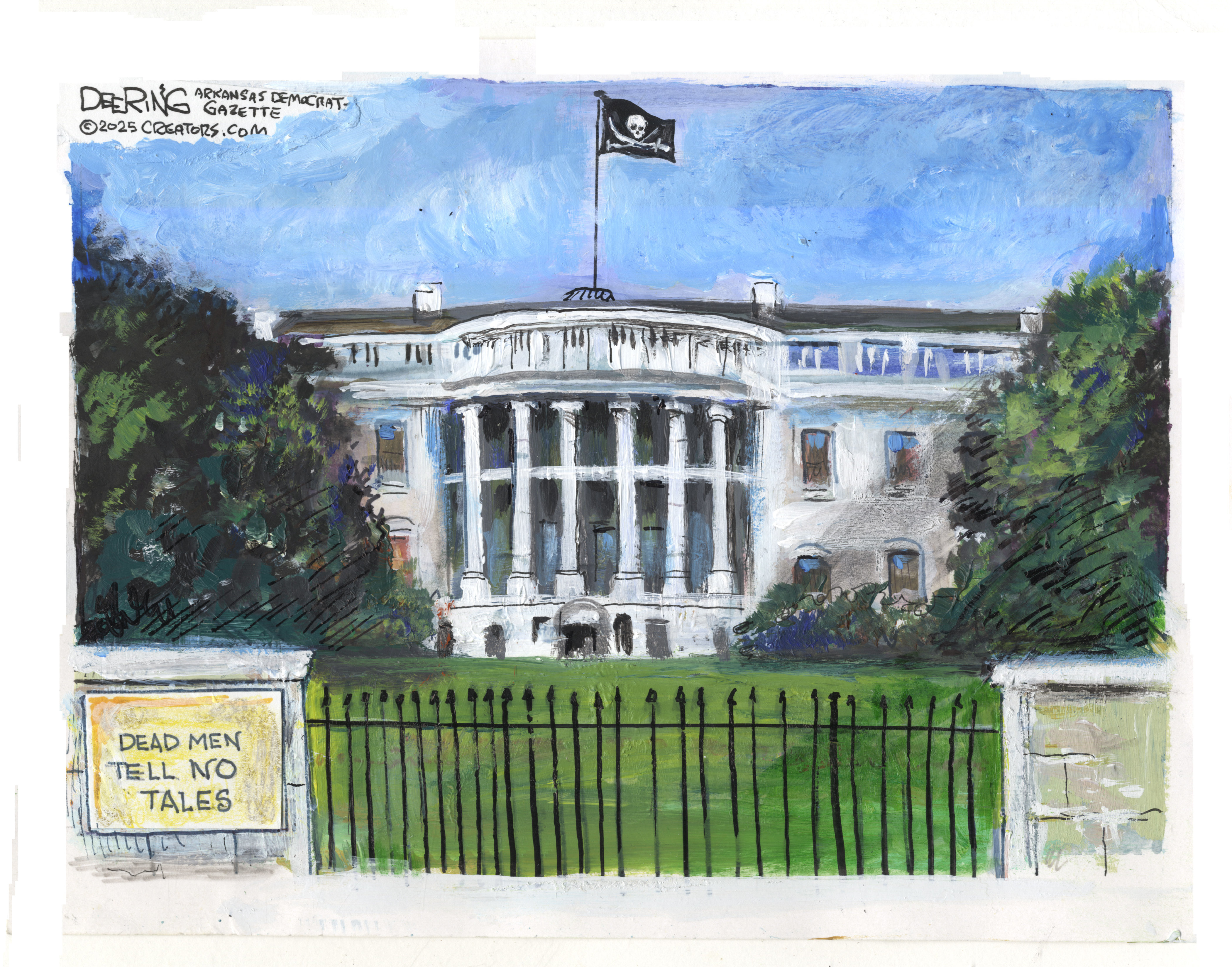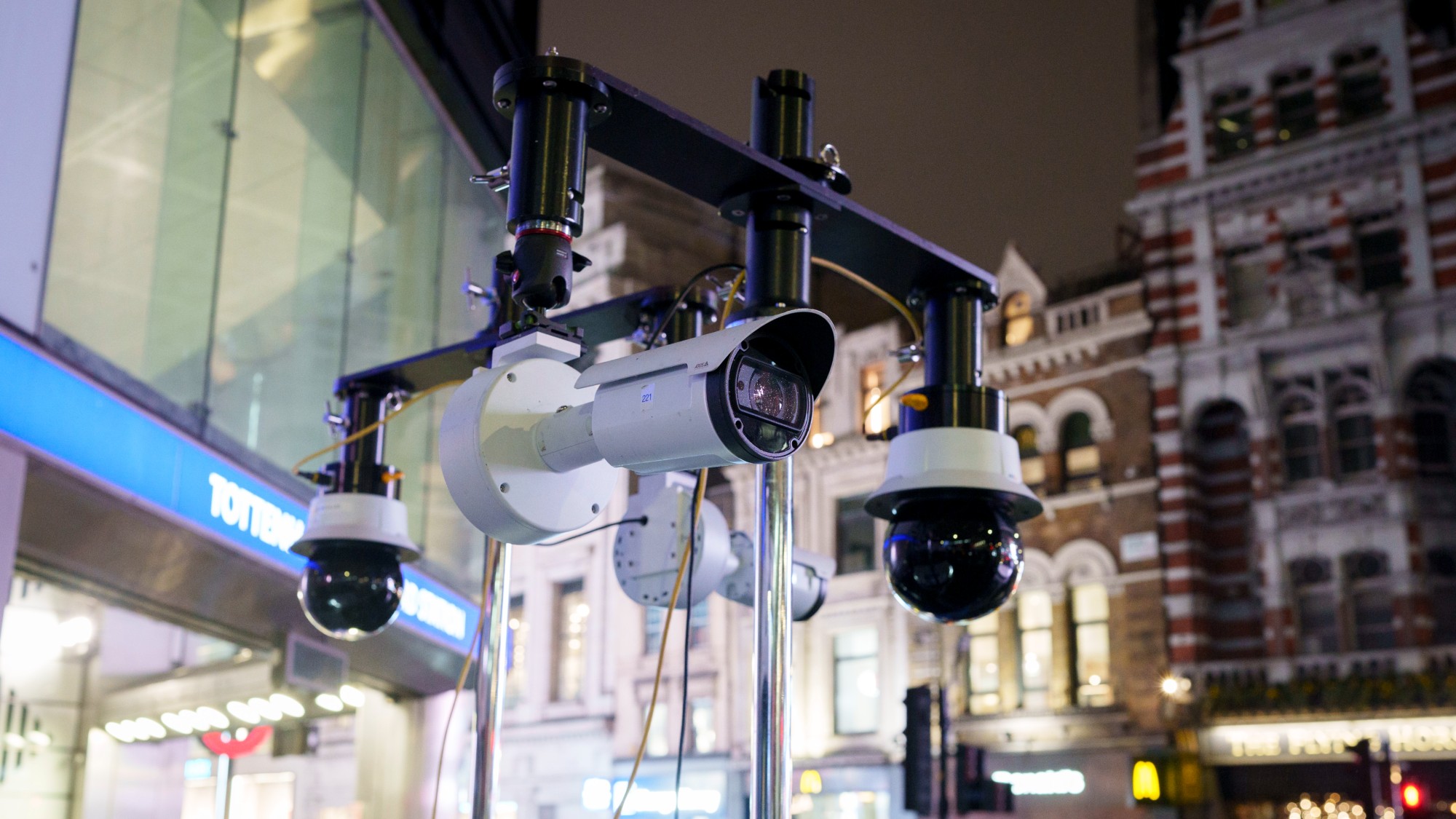Tip of the week: How to safely use wireless hot spots
Guidelines for safeguarding wireless connections
Stay legit. Hackers are known to “create phony hot spots.” A name should pop up with the network to connect to. If not, be cautious.
Starbucks and other establishments offer public Wi-Fi that’s “relatively safe.”
Stay current. Be sure to continually update your computer’s operating system, applications such as Microsoft Word, and virus protection. You don’t have to be a techie; “it’s actually simple to do (requiring just a few mouse clicks in the right places) and usually free.”
The Week
Escape your echo chamber. Get the facts behind the news, plus analysis from multiple perspectives.

Sign up for The Week's Free Newsletters
From our morning news briefing to a weekly Good News Newsletter, get the best of The Week delivered directly to your inbox.
From our morning news briefing to a weekly Good News Newsletter, get the best of The Week delivered directly to your inbox.
Don’t surf too far from home. Even if a public network is legitimate, nothing is “as safe as a password-protected system” in your own home. Setting up a password is easy, and switching on the encryption function isn’t hard either.
Don’t be stupid. Don’t make purchases, check your bank account, or send e-mails that contain private information from public hot spots.
Source: Real Simple
A free daily email with the biggest news stories of the day – and the best features from TheWeek.com
-
 Political cartoons for December 14
Political cartoons for December 14Cartoons Sunday's political cartoons include a new White House flag, Venezuela negotiations, and more
-
 Heavenly spectacle in the wilds of Canada
Heavenly spectacle in the wilds of CanadaThe Week Recommends ‘Mind-bending’ outpost for spotting animals – and the northern lights
-
 Facial recognition: a revolution in policing
Facial recognition: a revolution in policingTalking Point All 43 police forces in England and Wales are set to be granted access, with those against calling for increasing safeguards on the technology